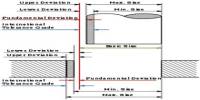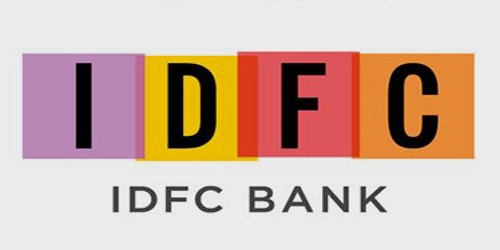Energy demand management (EDM), also known as demand-side management (DSM), is the process of modifying customer demand for energy through various means such as financial incentives and behavioral change through education. It is a collection of techniques and practices targeted at optimizing and controlling energy use in order to enhance energy efficiency, reduce peak demand, and lower total energy expenditures. It is a critical component of attaining energy saving and environmental goals and is an important component of sustainable energy use.
Typically, the purpose of demand-side management is to encourage consumers to use less energy during peak hours, or to shift energy use to off-peak times such as nights and weekends. Peak demand management does not necessarily lower total energy consumption, but it can be expected to reduce the need for investments in networks and/or power plants to fulfill peak needs. An example is the usage of energy storage units to store energy during off-peak hours and discharge it during peak hours.
The goal of Energy Demand Management (EDM) is to efficiently and effectively control, shape, and optimize the consumption of energy resources in order to:
- Reduce Energy Costs: By managing and optimizing energy demand, businesses and individuals can reduce their energy bills. This is often achieved by shifting energy usage to off-peak hours when electricity rates are lower.
- Enhance Energy Efficiency: EDM can help improve the overall energy efficiency of a system or building. This involves reducing energy waste and ensuring that energy-consuming devices and systems operate as efficiently as possible.
- Mitigate Grid Overloads: EDM strategies can alleviate stress on the electrical grid during peak demand periods, reducing the likelihood of blackouts or brownouts and improving grid reliability.
- Promote Renewable Energy Integration: EDM can facilitate the integration of renewable energy sources, such as solar and wind, by optimizing energy usage to align with the intermittent nature of these sources.
- Enable Demand Response: Demand response programs, a subset of EDM, allow consumers to adjust their energy consumption in response to signals from utilities or grid operators. This helps balance supply and demand on the grid and can be financially rewarding for participants.
- Support Sustainability Goals: Many corporations and governments have set targets for sustainability and carbon reduction. EDM can play a critical role in assisting them in meeting these goals by lowering energy usage and carbon emissions.
- Increase Energy Security: EDM can improve energy security by making energy systems more robust to interruptions or supply shortages by reducing reliance on fossil fuels and improving energy utilization.
DSM is being used in a newer application to assist grid operators in balancing variable generation from wind and solar units, particularly when the timing and amount of energy demand do not coincide with renewable generation. During peak demand periods, generators are frequently powered by fossil fuels. Reducing their use minimizes carbon dioxide and other pollution emissions.
















